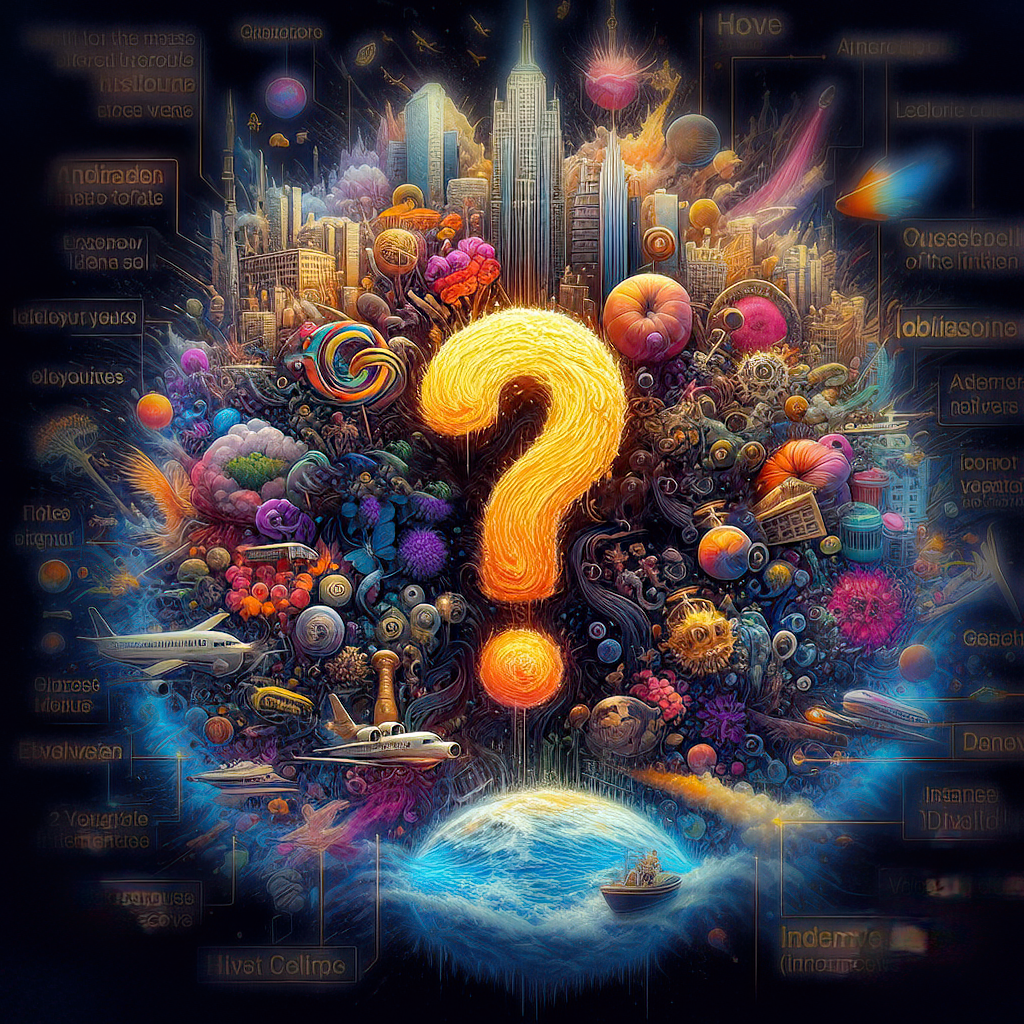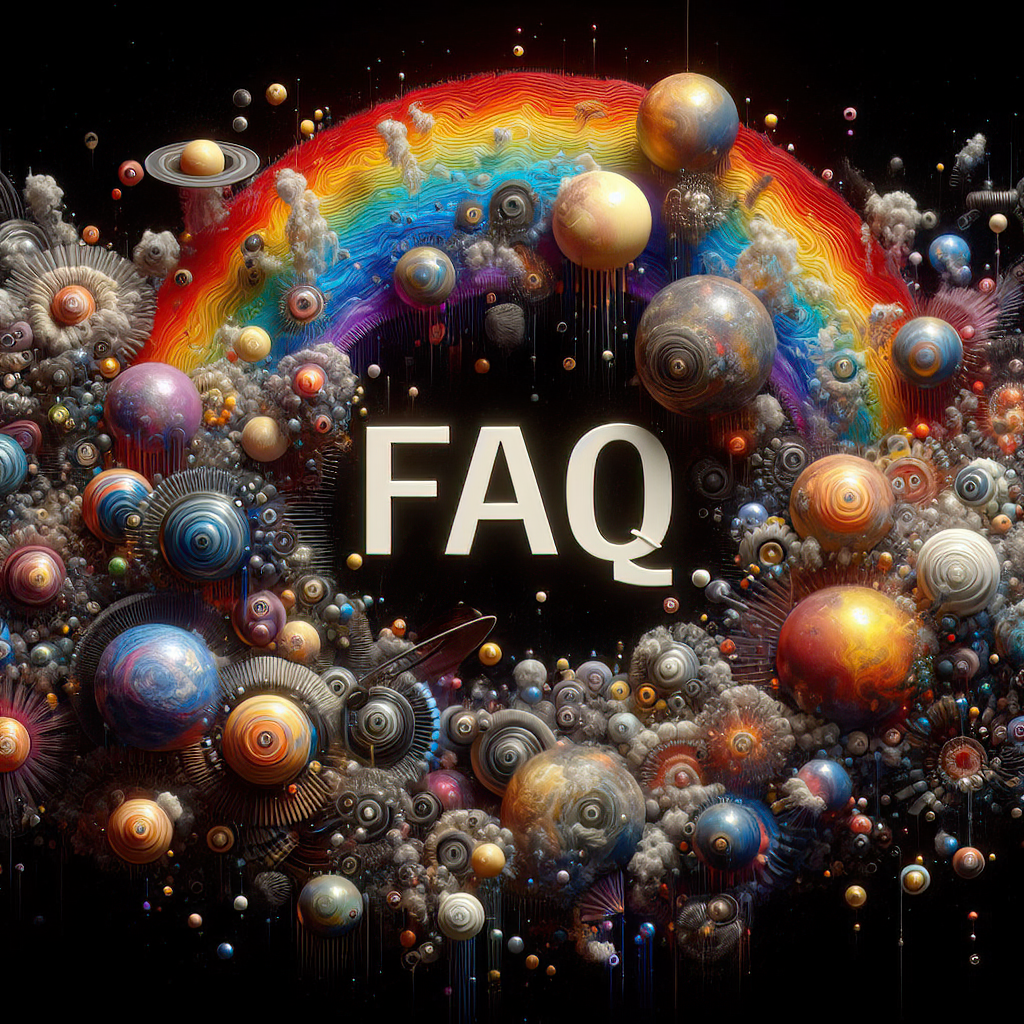
par Bill Tiepelman
Adapting Written Stories into Visual Narratives
From Words to Graphics: Adapting Written Stories into Visual Narratives Some stories beg to leap off the page and into a visual medium, whether as a graphic novel, webcomic, or storyboard. The combination of text and imagery can elevate storytelling to new heights, immersing readers in your world through rich visuals and dynamic pacing. But how do you adapt a written story into a visual narrative without losing its essence? Adapting your story into a visual format is an exciting challenge. It forces you to think cinematically, streamline your plot, and focus on key moments that translate well into images. In this guide, we’ll explore how to adapt your written work into a visual masterpiece, step by step. Why Adapt a Story into a Visual Narrative? Before diving into the how, let’s talk about the why. Visual narratives offer several unique advantages: Broader Appeal: Graphic novels and webcomics attract a diverse audience, including visual learners and those who may not typically read prose. Dynamic Storytelling: Visuals can convey emotion, action, and atmosphere in ways that words alone often cannot. Engaging Pacing: Panels and layouts let you control the flow of your story, creating dramatic pauses, rapid action, or cinematic transitions. Market Opportunities: The graphic novel industry is thriving, offering new avenues for publishing and marketing your story. If you’ve ever dreamed of seeing your words come to life visually, this is your chance to make it happen. Step 1: Choose the Right Format The first decision you’ll need to make is the format of your visual adaptation. Each medium has its own strengths: Graphic Novels: Perfect for longer, more complex stories. They allow for detailed worldbuilding and layered narratives. Webcomics: Ideal for episodic storytelling or serialized content, with the flexibility to publish online at your own pace. Storyboards: Great for planning screen adaptations, visualizing key scenes, or pitching your story to collaborators. Consider your story’s length, structure, and themes when choosing the format that best suits your vision. Step 2: Streamline Your Story Adapting a prose story into a visual narrative requires trimming the fat. Visual storytelling thrives on brevity and impact, so focus on the core elements: Main Plot: Identify the central conflict and ensure it remains the driving force of your story. Key Characters: Streamline your cast to avoid overwhelming your audience with too many faces. Essential Scenes: Highlight the moments that define your story—introductions, turning points, climaxes, and resolutions. Think of this process as creating a visual skeleton of your story. Once the framework is in place, you can layer in details and nuance. Step 3: Create a Visual Script A visual script is a hybrid between a traditional script and a storyboard outline. It breaks your story into panels or scenes, describing the action, dialogue, and visuals for each one. Here’s a basic format: Page 1, Panel 1: - Setting: A bustling marketplace. - Action: The protagonist moves through the crowd, scanning faces. - Dialogue: (Protagonist, thought bubble) "Where is he? He said he’d be here." Focus on: Panel Layouts: Decide how many panels per page and how they’re arranged for pacing and emphasis. Transitions: Use visual transitions (like close-ups, wide shots, or zooms) to guide the reader’s eye. Dialogue and Captions: Keep text concise, letting the visuals do most of the storytelling. This step bridges the gap between written storytelling and visual execution. Step 4: Collaborate with Artists If you’re not an artist yourself, this is where collaboration comes in. Finding the right illustrator or designer is crucial to capturing your vision. Here’s how to start: Research Styles: Look at graphic novels or webcomics you admire and identify the styles that resonate with your story. Create a Mood Board: Collect images, colors, and designs that convey the tone of your story to share with potential collaborators. Use Freelance Platforms: Sites like Behance, ArtStation, and Fiverr are great places to find talented artists. Be clear about your expectations, provide detailed references, and maintain open communication throughout the process. Step 5: Focus on Visual Themes Visual narratives aren’t just about drawing pretty pictures—they’re about using imagery to enhance storytelling. Think about: Color Palettes: Use colors to set the mood for each scene or reflect character arcs. Symbolism: Incorporate visual motifs that add depth and meaning to your story. Lighting and Atmosphere: Play with shadows, highlights, and textures to create a sense of place and emotion. For example, a dark, muted palette might signify danger or mystery, while bright, vibrant tones suggest hope and energy. Step 6: Embrace the Iterative Process Creating a visual narrative is a collaborative, iterative process. Be prepared for revisions as you and your artist refine each page or panel. Consider feedback from beta readers or early audiences to ensure your story resonates both visually and narratively. Step 7: Publish and Share Once your visual narrative is complete, it’s time to share it with the world. Consider the following platforms: Print Publishing: Submit your graphic novel to publishers or self-publish through services like Amazon KDP. Online Platforms: Publish webcomics on platforms like Webtoon, Tapas, or your own website. Social Media: Use platforms like Instagram or TikTok to share snippets and promote your work. Engage with your audience by sharing behind-the-scenes looks at your creative process, from early sketches to final pages. Final Thoughts Adapting a written story into a visual narrative is a transformative experience. It challenges you to rethink your story’s structure, focus on its visual elements, and collaborate with talented artists to bring your vision to life. Whether it becomes a graphic novel, a webcomic, or a storyboard, your story gains a new dimension that captivates and inspires. So grab your script, sketch out your panels, and take the leap into visual storytelling. Your story is ready to be seen. Bring Your Stories to Life with Professional Visual Storytelling Services Transforming your written story into a visual masterpiece doesn’t have to be overwhelming. Whether you’re dreaming of a graphic novel, a webcomic, or a detailed storyboard, we’re here to help you every step of the way. At Unfocussed Photography and Imaging, we specialize in creating stunning visuals that bring your narrative to life. Custom Storyboards: Collaborate with our team to outline your story visually, frame by frame. Character and Scene Design: Let us craft detailed visuals that capture the essence of your story’s characters and key moments. Graphic Novel and Webcomic Support: From conceptualization to finished panels, we provide the artistic expertise you need to make your story shine. Don’t just tell your story—show it. Let us help you create a visual narrative that captivates and inspires. Explore our services today and bring your vision to life!








